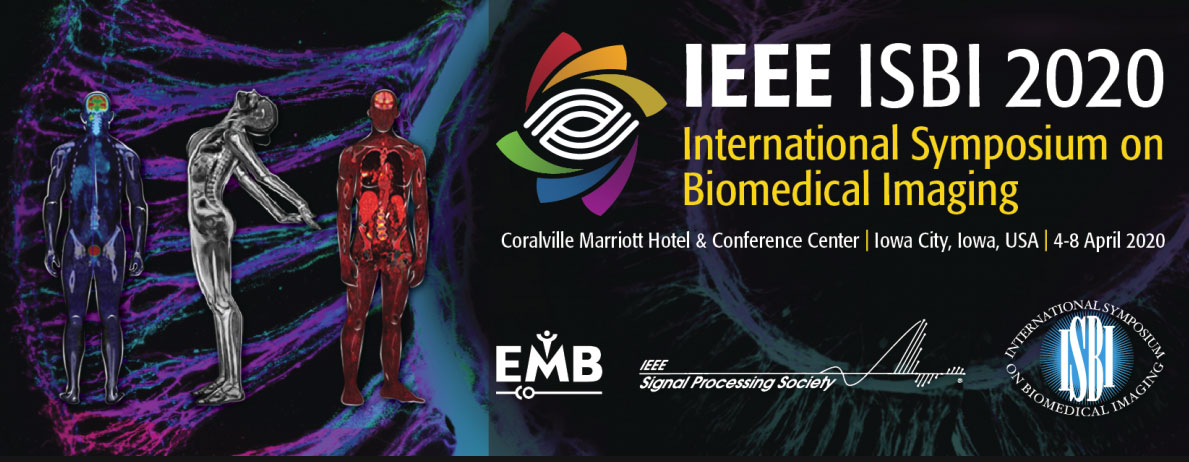(SiPS 2019) 2019 IEEE International Workshop on Signal Processing Systems (SiPS)
October 20-23, 2019
Location: Nanjing, China

October 20-23, 2019
Location: Nanjing, China

December 14-18, 2019
Location: Sentosa, Singapore

April 3-7, 2020
Location: Changed to -- Virtual Conference
The list of tables of contents (TOCs) are now available for April 2019. The TOCs are formatted to the style of its publication and offers not only links to the full issue on the front cover, but also links to the individual articles within each TOC to take you to IEEEXplore®.
As part of the new project Ecce Aqua one fully funded PhD fellowship is available at the University of Padova (Italy) on imaging and big data analytics applied to marine vertebrates (http://www.dottorato.veterinaria.unipd.it/health-aquatic-animals).
We welcome candidates with background in some of the following fields: image analysis, computational microscopy, machine/deep learning, data science and statistics, radiomics.
Postdoctoral research position:
Acoustic cough detection and processing for healthcare
A postdoc position focussing on the automatic detection, analysis and classification of coughing in unconstrained audio for healthcare monitoring and disease screening is available in the Digital Signal Processing Group of the Department of Electrical and Electronic Engineering at the University of Stellenbosch, South Africa.
In the field of signal processing on graphs, graph filters play a crucial role in processing the spectrum of graph signals. This paper proposes two different strategies for designing autoregressive moving average (ARMA) graph filters on both directed and undirected graphs. The first approach is inspired by Prony's method, which considers a modified error between the modeled and the desired frequency response.
Recently, there has been significant progress in the development of distributed first-order methods. In particular, Shi et al. (2015) on the one hand and Qu and Li (2017) and Nedic et al. (2016) on the other hand propose two different types of methods that are designed from very different perspectives. They achieve both exact and linear convergence when a constant step size is used-a favorable feature that was not achievable by most prior methods. In this paper, we unify, generalize, and improve convergence speed of the methods by Shi et al. (2015), Qu and Li (2017), and Nedic et al.
In this paper, we study the problem of joint sparse support recovery with 1-b quantized compressive measurements in a distributed sensor network. Multiple nodes in the network are assumed to observe sparse signals having the same but unknown sparse support. Each node quantizes its measurement vector element-wise to 1 b. First, we consider that all the quantized measurements are available at a central fusion center. We derive performance bounds for sparsity pattern recovery using 1-bit quantized measurements from multiple sensors when the maximum likelihood decoder is employed.
Depending on the initial adopters of an innovation, it can either lead to a large number of people adopting that innovation or, it might die away quickly without spreading. Therefore, an idea central to many application domains, such as viral marketing, message spreading, etc., is influence maximization: selecting a set of initial adopters from a social network that can cause a massive spread of an innovation (or, more generally an idea, a product or a message).